There is a persistent legend that a Welsh prince named Madoc arrived in North America in 1170. This story was retold in 1580 to persuade Queen Elizabeth I of England that much of North America belonged to the British.
Explorers who visited or lived with the Mandan people of North Dakota, including the Lewis and Clark expedition in 1804-05 and nineteenth-century painter George Catlin, reported that their language was so similar to Welsh that the Mandan people understood it. However, a Welsh traveller named John Evans spent the winter of 1796-97 with the Mandans while searching for the “Welsh Indians”. His conclusion? There weren’t any. If Lewis and Clark found Mandans who understood Welsh, the Mandans had probably learned it from Evans eight years earlier.
It is harder to explain why, prior to known European contact, so many Mandans were light skinned and had brown, blonde or red hair and blue or hazel eyes, instead of having black hair, brown eyes and darker skin like their neighbours. Some people suggest a Norse influence, but the land of the Mandans was a long way from the coastal waters of the Atlantic.
An analysis of Mandan DNA might solve this mystery, but the Mandans were nearly wiped out by smallpox in the 1800s. The few survivors were adopted into other tribes, and intermarriage with those tribes and with people of other nationalities makes it impossible to arrive at an answer using DNA from living Mandan descendants, if any could be found.


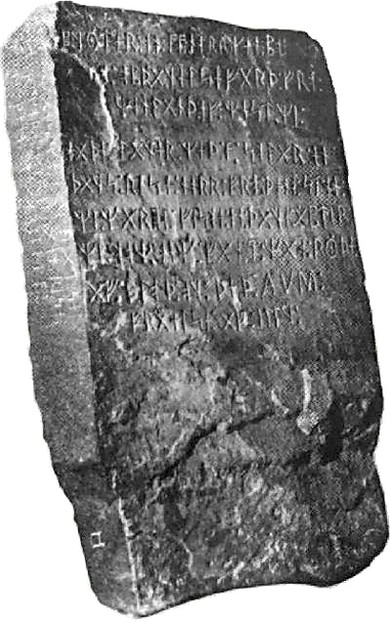
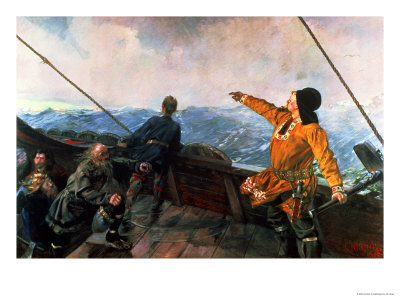
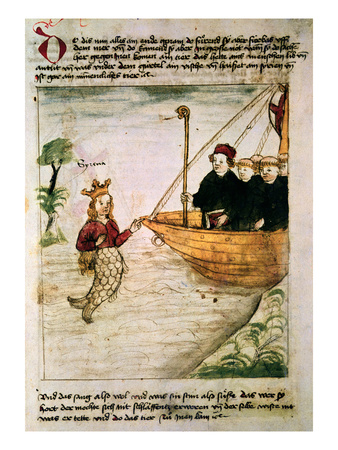
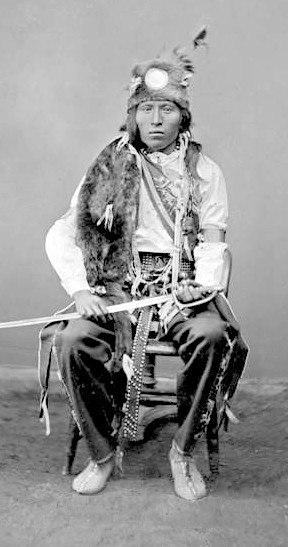





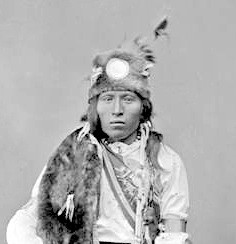

 Versatile Nova Scotia Duck Tolling Retrieverson 08/02/2014
Versatile Nova Scotia Duck Tolling Retrieverson 08/02/2014
 Should You Spay or Neuter Your Puppy?on 08/12/2014
Should You Spay or Neuter Your Puppy?on 08/12/2014
 Horse Racing History: the Preakness Stakeson 05/15/2014
Horse Racing History: the Preakness Stakeson 05/15/2014
 Dinosaurs Will Be On Display in Trenton, Ontario, Canadaon 07/29/2013
Dinosaurs Will Be On Display in Trenton, Ontario, Canadaon 07/29/2013

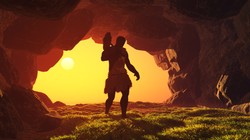
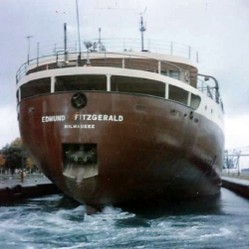
Comments
There is a television series where the host visits some of the evidence of earlier settlers. There seem t have been many possibilities.
Yes, the "Welsh Indians" theory is untrue, according to John Evans who searched for them in the late 1700s. But theories about pre-Columbian voyages are constantly being brought forward, and all have their detractors and supporters. Without definitive proof, they remain merely theories. There is so much more that could have been included in this article, like the Lake Titicaca reed boats that look like Egyptian reed boats, the Olmec heads, and so on, but then my article would have turned into a book! It is such an interesting topic, and this just skims the surface. I hope it prompts people to do more reading. There needs to be a lot more archaeological research done too.
A rather scholaly Welsh gentleman informed me that the Welsh story is untrue. I am convinced that St Brendan reached America, but he would not have used Ogham, but the old Irish script, which is related to our modern alphabet, as the ogham was used by druids.
However, when I was ten I read in a book about how "man" discovered America in 1492. Even at that tender age I realized that this forgot that the Amerindians were "men" [no sexism meant here, ] Official history books wrote off indigenous peoples, quite disgusting really. There is a great book called "Across Atlantic Ice" which suggests a European movement into Eastern America in the Ice Age.
You will also note that Olmec carvings in central America seem to show African faces, indicating that black Africans also reached the continent before Columbus.
Hence my final paragraph stating that the Native people were the first ones to "discover" America. They were here long before anyone else. One reason so much of the dating of the Native arrival in the Americas is controversial is because the glaciers of the Ice Age destroyed a lot of evidence for pre-glaciation occupation. There could be evidence in Central and South America that has yet to be uncovered. It is a very interesting topic, to be sure!
I'd say the first people to "discover" the Americas crossed the Bering Straits by a land bridge that existed until about 30,000 years ago.
The date of the arrival of the first humans is debated among scholars and may be anywhere between 50,000 BCE and 15,000 BCE. There are some who believe Aboriginal People were always here in the Americas.
Nice article. There's a book by the title of "Before the Mayflower". In it, Africans claim they were the first to discover North America. As someone with Native American heritage, I find all of these theories amusing. It's believed that Native Americans came here from China by way of the Bering Strait before it was covered with water. If that's true, I'd say Native American's discovered America. We may never know for sure.